In his monumental and definitive new book, The Information, James Gleick makes frequent, mostly passing reference to Marshall McLuhan, the “medium is the message” man of the 1960s. Both of them wrote about the transition from print to electronic culture, McLuhan before it happened, Gleick while in the process.
The may be no better introduction to the subject, and certainly no more delightful window onto it, than Douglas Coupland’s Marshall McLuhan: You Know Nothing of My Work! Half a century later, McLuhan’s predictions about the end of print culture and the rise of “electronic inter-dependence” have become a reality—in a sense, the reality—of our time. Coupland, whose iconic novel Generation X was a “McLuhanesque” account of our culture in fictional form, has written a compact biography of the cultural critic that interprets the life and work of his subject from inside. A fellow Canadian, a master of creative sociology, a writer who supplied a defining term, Coupland is the ideal chronicler of the uncanny prophet whose vision of the global village—now known as the Internet—has come to pass in the 21st century. Thesis writing service
Gleick, the author of the best sellers Chaos and Genius, now brings us in The Information: A History, a Theory, a Flood a work just as astonishing and masterly: a revelatory chronicle and meditation that shows how information has become the modern era’s defining quality—the blood, the fuel, the vital principle of our world. The story of information begins in a time profoundly unlike our own, when every thought and utterance vanishes as soon as it is born. From the invention of scripts and alphabets to the long-misunderstood talking drums of Africa, Gleick tells the story of information technologies that changed the very nature of human consciousness. And then the information age arrives. Citizens of this world become experts willy-nilly: aficionados of bits and bytes. And we sometimes feel we are drowning, swept by a deluge of signs and signals, news and images, blogs and tweets. The Information is the story of how we got here and where we are heading.
In this age of an open Internet, it is easy to forget that every American information industry, beginning with the telephone, has eventually been taken captive by some ruthless monopoly or cartel. With all our media now traveling a single network, an unprecedented potential is building for centralized control over what Americans see and hear. Could history repeat itself with the next industrial consolidation? Could the Internet—the entire flow of American information—come to be ruled by one corporate leviathan in possession of “the master switch”? That is the big question of Tim Wu’s pathbreaking book, appropriately entitled The Master Switch: The Rise and Fall of Information Empires. As Wu’s sweeping history shows, each of the new media of the 20th century—radio, telephone, television, and film—was born free and open. Each invited unrestricted use and enterprising experiment until some would-be mogul battled his way to total domination. Part industrial exposé, part meditation on what freedom requires in the information age, The Master Switch is a stirring illumination of a drama that has played out over decades in the shadows of our national life and now culminates with terrifying implications for our future.
On a more practical level, Stanley Fish in How to Write a Sentence: And How to Read One, starts by telling us: “I am always on the lookout for sentences that take your breath away, for sentences that make you say, �Isnt that something?’ or �What a sentence!’” Like a seasoned sportscaster, Fish marvels at the adeptness of finely crafted sentences and breaks them down into digestible morsels, giving readers an instant play-by-play. In this entertaining and erudite gem, Fish offers both sentence craft and sentence pleasure, skills invaluable to any writer (or reader). His vibrant analysis takes us on a literary tour of great writers throughout history—from William Shakespeare, Jane Austen, and Henry James to Martin Luther King Jr., Antonin Scalia, and Elmore Leonard. Indeed, How to Write a Sentence is both a spirited love letter to the written word and a key to understanding how great writing works; it is a book that will stand the test of time.
Further breaking things down, social networks are dominating today’s headlines, but they are not the only platforms that are radically changing the way we communicate. Creatives such as designers, photographers, artists, researchers, and poets are disseminating information about themselves and their favorite subjects not via predefined media such as Twitter or blogs, but through printed or other self-published projects so-called zines. Those who publish zines are mostly interested in sole authorship, namely that all components including text, images, layout, typography, production, and distribution are firmly in the hands of one person or a small group. At their best, the results convey a compelling and consistent atmosphere and push against the established creative grain in just the right way. They provoke with surprising and non-linear food for thought. In short, zines are advancing the evolution of today s media. With a cutting-edge selection of international examples, Behind the Zines: Self-Publishing Culture introduces the broad range of zines that exists today. The book examines the key factors that distinguish various zines. It introduces projects in which the printing process significantly influences aesthetics or in which limited distribution to a small, clearly defined target audience becomes part of the overall concept. It not only documents outstanding work, but also shows how the self-image of those who make zines impacts the scene as a whole. Through interviews with people involved in zine production and distribution, the book sheds light on various strategies for this evolving media form.
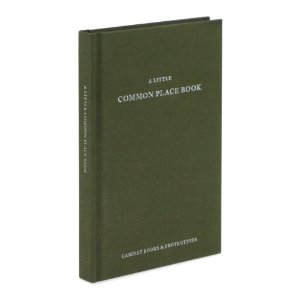
In the end, reading is perhaps best understood as a peculiar form of writing, and vice versa. Renaissance thinkers took this paradox seriously, giving it concrete form in their “commonplace books,” manuscript journals of passages copied from assorted texts and organized under various headings. The origins of the practice lay in the preparatory methods of classical oratory and medieval sermon composition, but commonplacing achieved the status of a true art among humanists like Erasmus and Montaigne, who used these notebooks to maintain command over an ever-expanding body of published texts, while culling material for their own correspondence, essays and literary compositions. A Little Common Place Book is a facsimile of a notebook originally printed in 1797—the only remaining copy of which is held in the rare books collection of Princeton University—and  reprints its introduction to the principles of commonplacing as practiced by the philosopher John Locke, as well as 144 blank pages for collecting and cataloguing your own thoughts.
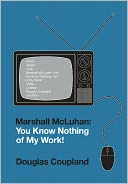
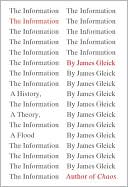
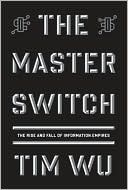
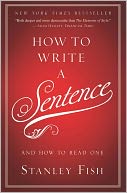
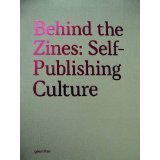
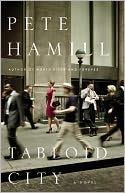
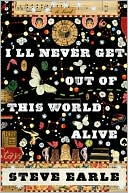
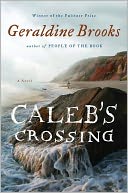
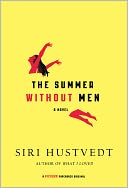

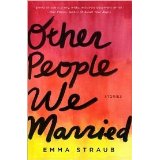
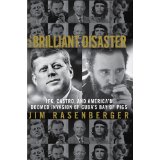
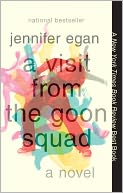
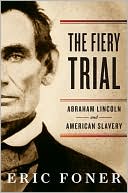
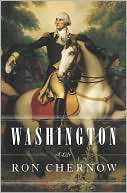
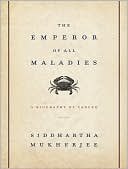
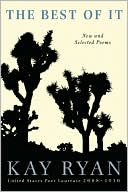
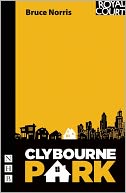
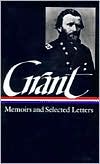
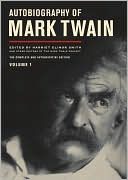
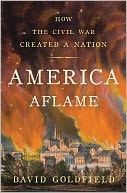
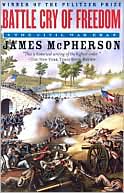
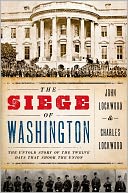
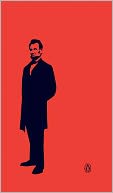
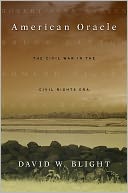


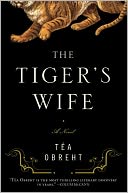 Our Price $17.50
Our Price $17.50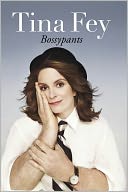
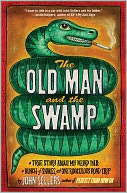 Our Price $9.80
Our Price $9.80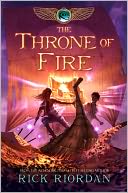 Our Price $13.29
Our Price $13.29